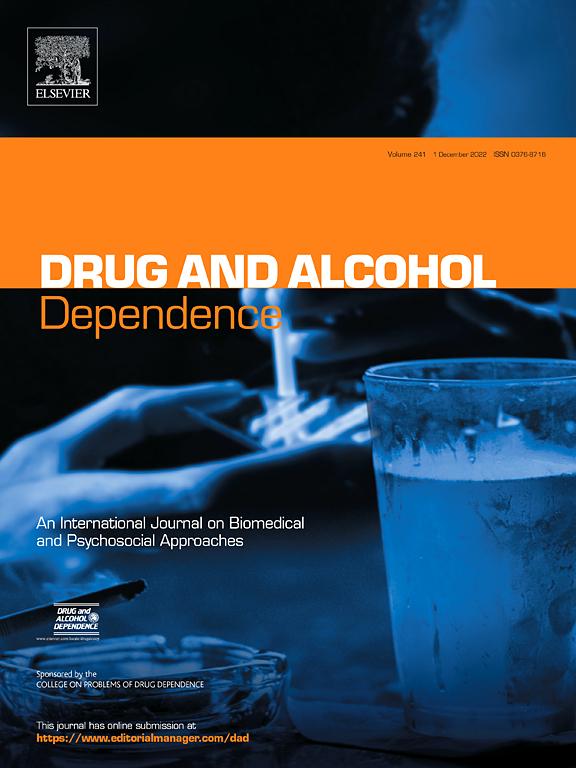Headline
Up to 50 percent of opioid overdose deaths reported from state agency data had the potential to be averted if interventions were delivered at certain opioid prescribing or critical encounter touchpoints.
Context
Established risk factors for overdose death can serve as opportunities for states to target high-risk individuals with harm reduction services and evidence-based treatment including medications for opioid use disorder (MOUD). The study authors used individually linked data sets from several Massachusetts state government agencies to conduct a population-level, 12-month retrospective cohort study on associations among certain touchpoints with increased risk for opioid overdose death. Touchpoints addressed opioid prescribing (high opioid dosage, co-prescribing opioids and benzodiazepines, and using multiple providers/pharmacies) as well as critical encounters touchpoints (nonfatal opioid overdose, release from incarceration, inpatient detoxification, and seeking care for injection-related infection).
Findings
The opioid prescribing touchpoints were associated with a 13-fold increase in opioid overdose death and the critical encounter touchpoints were associated with a 68-fold increase. Up to 50 percent of opioid overdose deaths had the potential to be averted if interventions were delivered at these touchpoints. The study also found that women had significantly higher opioid mortality than men, that older adults who had died of overdose had more opioid prescribing touchpoints, and younger adults had more critical encounter touchpoints.
Takeaways
This study can be used as a roadmap for policymakers and other public health and health system leadership to continue to design and deploy effective interventions at these touchpoints to reduce opioid overdose deaths, such as harm reduction services and evidence-based treatment (e.g., prevention education, naloxone distribution, MOUD, inpatient consult services, post-overdose outreach).



